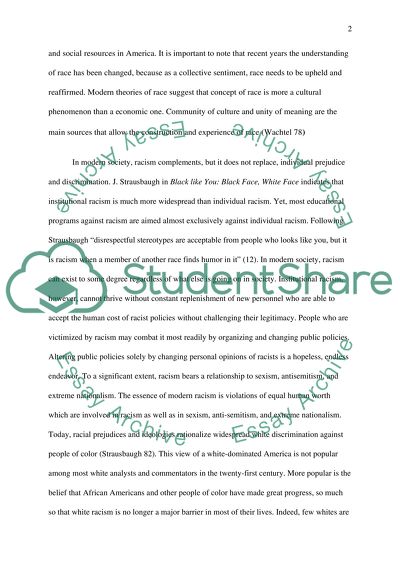Cite this document
(“Is racism ancient history in our days Essay Example | Topics and Well Written Essays - 1500 words”, n.d.)
Retrieved from https://studentshare.org/miscellaneous/1517225-is-racism-ancient-history-in-our-days
Retrieved from https://studentshare.org/miscellaneous/1517225-is-racism-ancient-history-in-our-days
(Is Racism Ancient History in Our Days Essay Example | Topics and Well Written Essays - 1500 Words)
https://studentshare.org/miscellaneous/1517225-is-racism-ancient-history-in-our-days.
https://studentshare.org/miscellaneous/1517225-is-racism-ancient-history-in-our-days.
“Is Racism Ancient History in Our Days Essay Example | Topics and Well Written Essays - 1500 Words”, n.d. https://studentshare.org/miscellaneous/1517225-is-racism-ancient-history-in-our-days.


